Integers Study Guide
What are Integers?
Integers are a set of whole numbers and their opposites. They include the positive numbers, negative numbers, and zero. The set of integers is denoted by the symbol "Z".
Representation of Integers
Integers can be represented on a number line. Positive integers are located to the right of zero, and negative integers are located to the left of zero. Zero is considered neither positive nor negative and is located at the center of the number line.
Operations with Integers
There are four basic operations that can be performed with integers: addition, subtraction, multiplication, and division.
Addition and Subtraction
When adding or subtracting integers, if the signs are the same, add the numbers and keep the sign. If the signs are different, subtract the numbers and take the sign of the number with the greater absolute value.
Multiplication and Division
When multiplying or dividing integers, if the signs are the same, the result is positive. If the signs are different, the result is negative.
Absolute Value
The absolute value of an integer is its distance from zero on the number line. It is always a non-negative value.
Study Tips for Integers
- Practice representing integers on a number line.
- Memorize the rules for adding, subtracting, multiplying, and dividing integers.
- Understand the concept of absolute value and how it relates to integers.
- Work on plenty of practice problems to reinforce your understanding of integers.
[Integers] Related Worksheets and Study Guides:
.◂Math Worksheets and Study Guides Seventh Grade. Exponents, Factors and Fractions

 Worksheet/Answer key
Worksheet/Answer key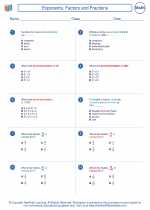
 Worksheet/Answer key
Worksheet/Answer key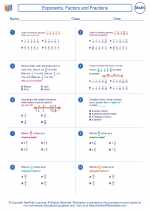
 Worksheet/Answer key
Worksheet/Answer key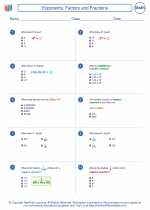
 Worksheet/Answer key
Worksheet/Answer key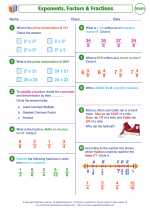
 Worksheet/Answer key
Worksheet/Answer key
 Worksheet/Answer key
Worksheet/Answer key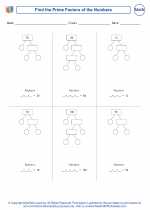
 Worksheet/Answer key
Worksheet/Answer key
 Worksheet/Answer key
Worksheet/Answer key
